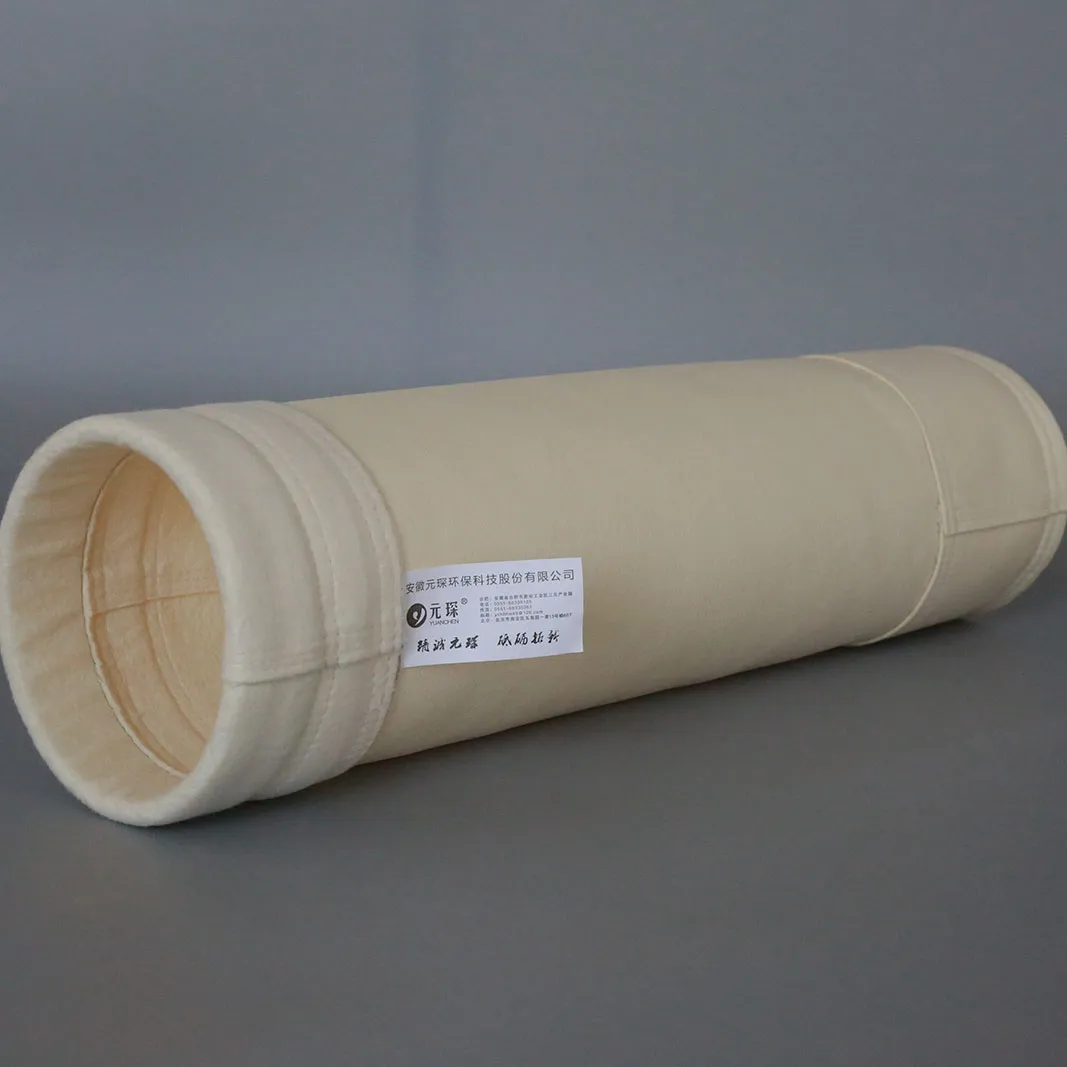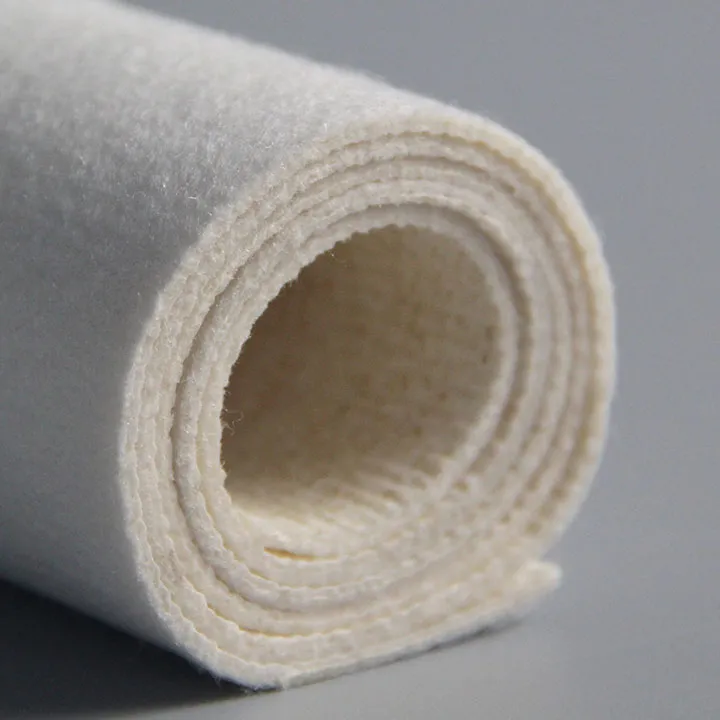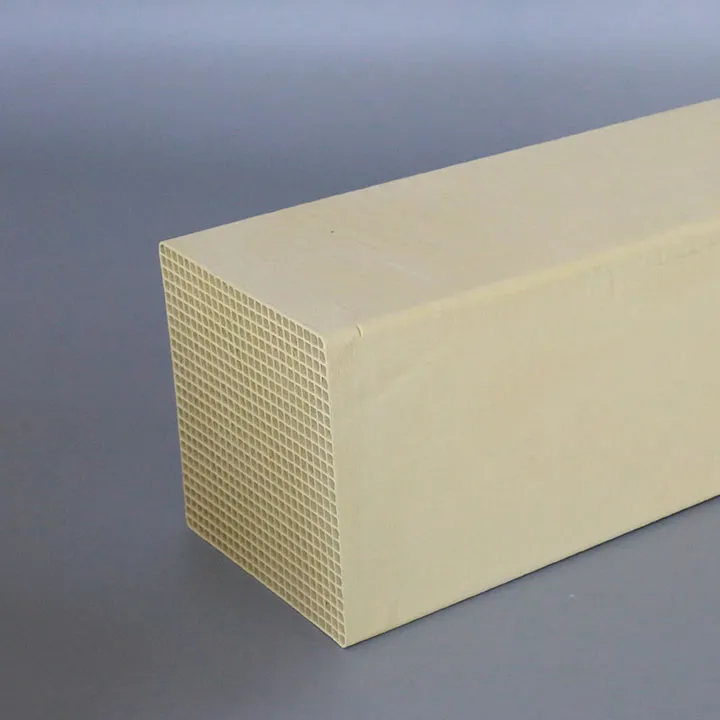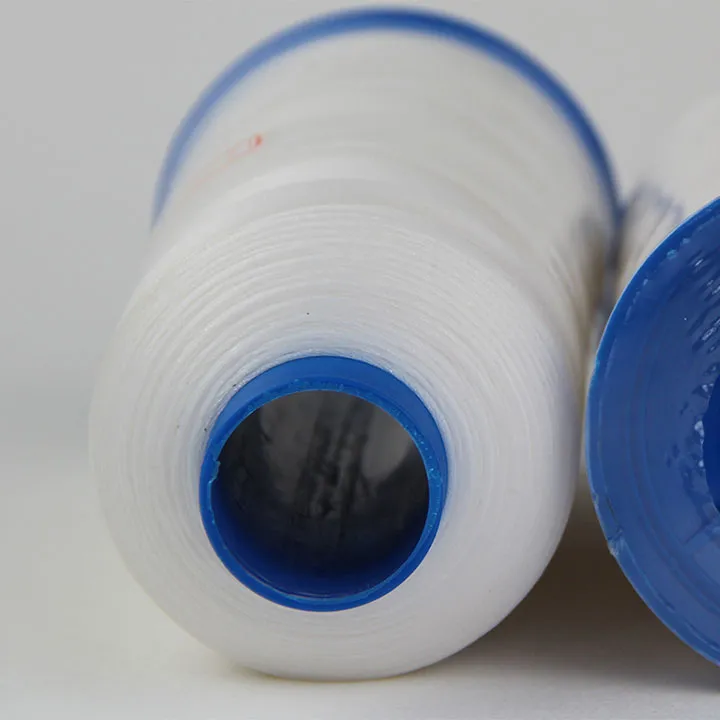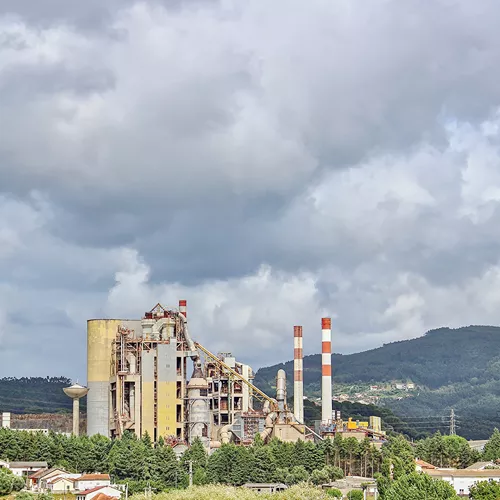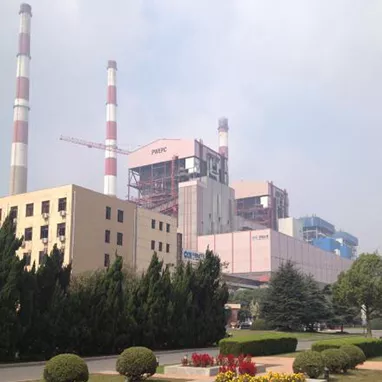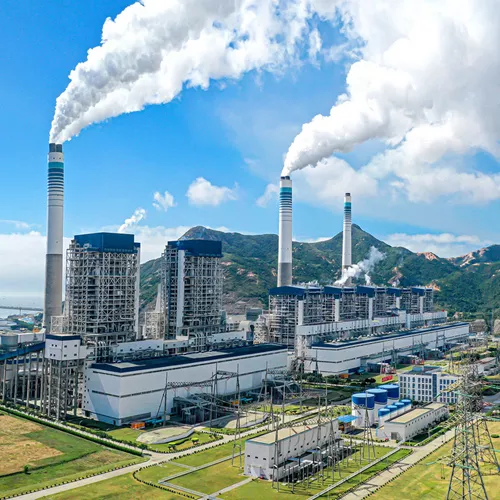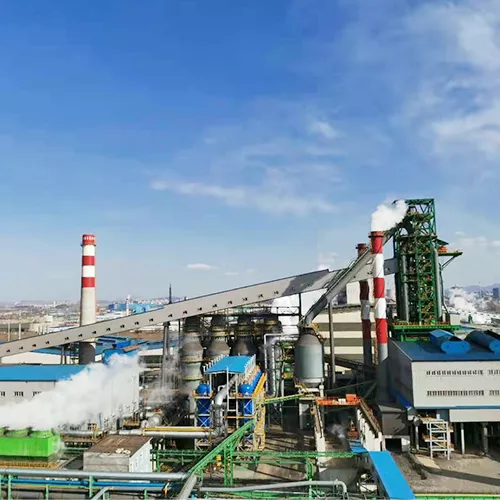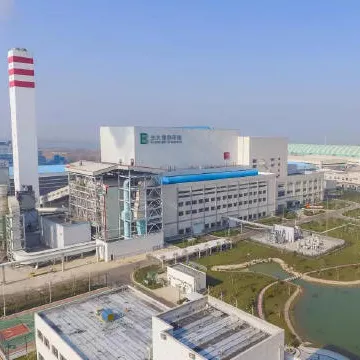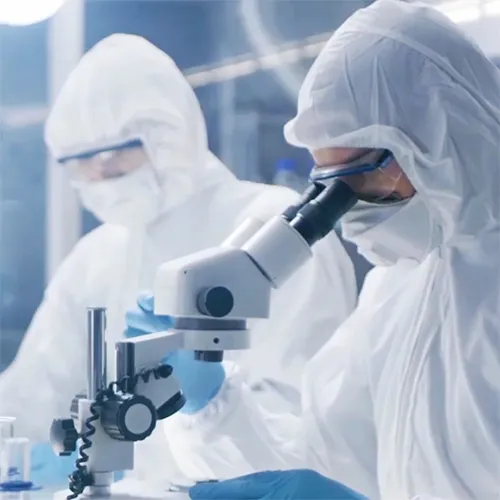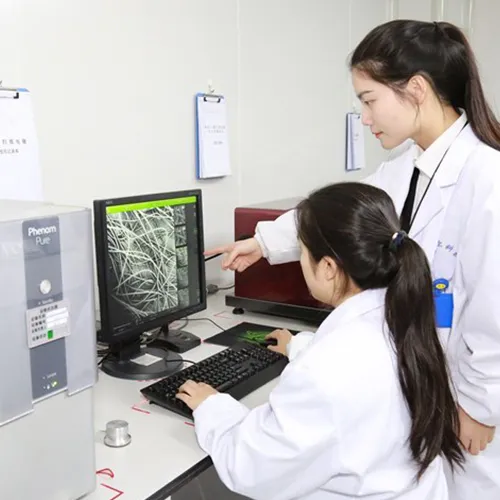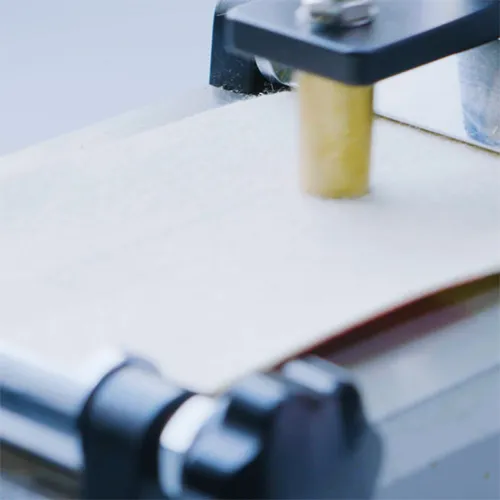Sac filtrant à poussière ou précipitateur électrostatique, lequel vous convient le mieux ?
Bag filter and electrostatic precipitator are two common industrial dust removal equipment. In modern industrial production, effective control of dust emissions is not only a requirement of environmental protection regulations, but also a manifestation of corporate social responsibility. Bag filter and electrostatic precipitator are two mainstream industrial dust removal equipment, each with unique advantages and scope of application. This article will explore in depth that bag filter and electrostatic precipitator are two common industrial dust removal equipment, which have significant differences in working principles, advantages and disadvantages, and scope of application. Choosing which one is more suitable for you needs to be determined according to specific application scenarios and needs.
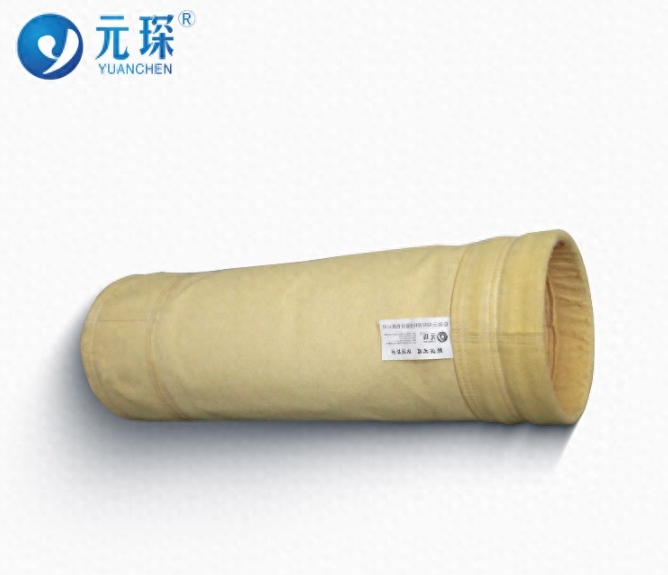
Bag filter
Working principle: Bag filter filters dust-containing gas through filter bags. When dust-containing gas passes through the filter bags, dust is trapped on the surface of the filter bags, and clean gas is discharged through the filter bags. As time goes by, the dust on the surface of the filter bags gradually increases, forming a filter cake layer, and finally the dust is removed by the cleaning system.
Avantages :
High dust removal efficiency: usually above 99.9%.
Strong adaptability: can handle dust of various properties, including dust with high resistivity.
Stable operation: good adaptability to load changes, simple operation and management.
Low cost: relatively low investment and operation costs.
Environmental protection: low emission concentration, can meet strict environmental protection standards.
Inconvénients :
Not suitable for high humidity gas: insulation measures are required to avoid condensation.
High resistance: general pressure loss is 1000~1500Pa.
Limited filter bag life: filter bags need to be replaced regularly.
Electrostatic precipitator
Working principle: The electrostatic precipitator charges the dust in the dust-containing gas through a high-voltage electrostatic field, and then under the action of the electric field force, the charged dust is adsorbed onto the dust collecting electrode, thereby achieving the purpose of dust removal.
Avantages :
High efficiency: can capture fine dust below 1um.
Large flue gas processing volume: suitable for high temperature (up to 500℃), high pressure and high humidity occasions.
Low resistance: pressure loss is only 100-200Pa.
Continuous operation: can work continuously for a long time.
Inconvénients :
Large equipment: high steel consumption, high voltage transformer and rectifier equipment are required, and the investment is high.
High technical requirements: the technical level of manufacturing, installation and management is required to be high.
Affected by dust specific resistance: for dust with a specific resistance less than 104-105Ω·cm or greater than 1012-1015Ω·cm, if certain measures are not taken, the dust removal efficiency will be affected.
Initial concentration requirements: a pretreatment device is required for dust-containing gas with an initial concentration greater than 30g/cm³.
Which one is more suitable for you?
If your application environment needs to handle a large amount of fine dust and has strict requirements on emission concentration, a bag filter may be a better choice.
If you need to handle high-temperature, high-humidity dust-containing gas, or need to run continuously for a long time, an electrostatic precipitator may be more suitable.
Considering the investment cost and the convenience of operation and maintenance, bag filters usually have lower costs and simpler maintenance requirements.
The final selection should be based on specific process conditions, environmental requirements, economic considerations and the equipment supplier’s recommendations.


